- Field Vision Sport
- Posts
- When Colombian Football Met the Cartels
When Colombian Football Met the Cartels
A cautionary tale for today's sports business landscape
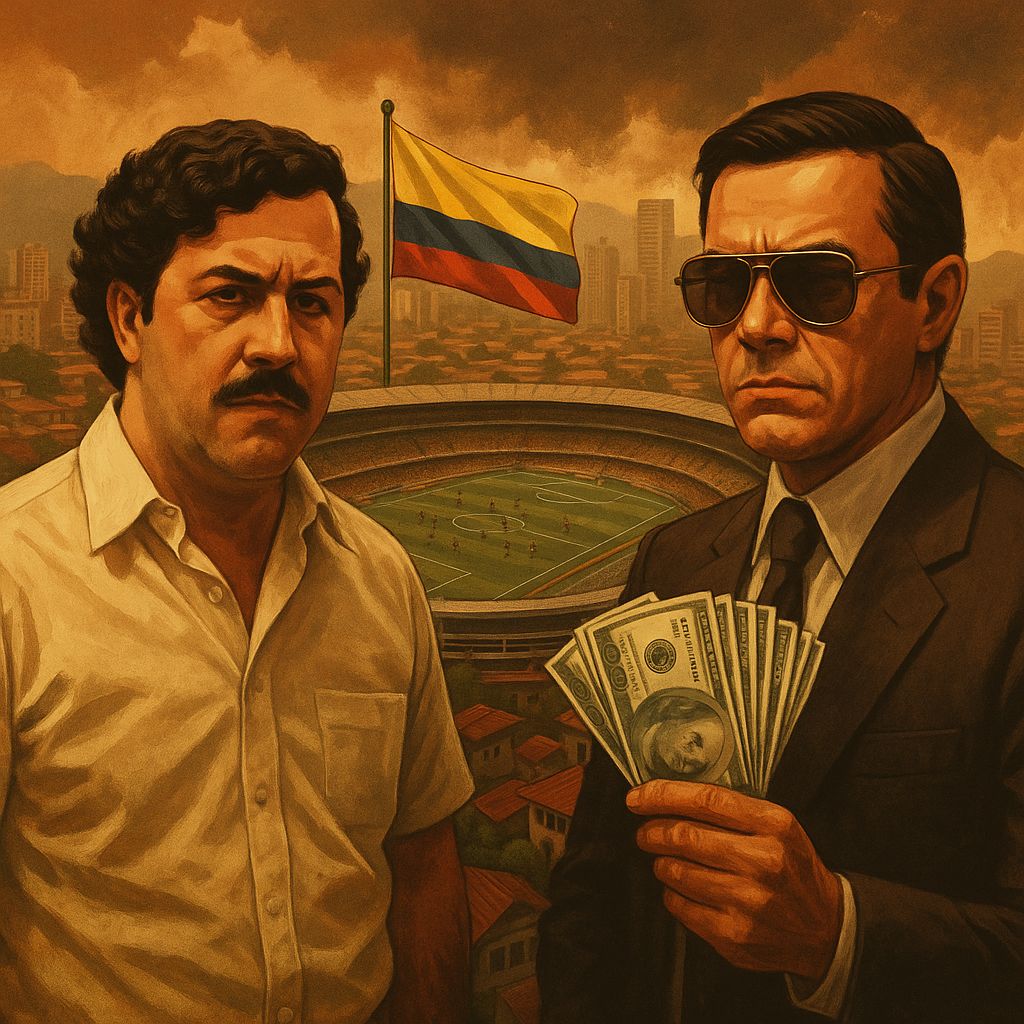
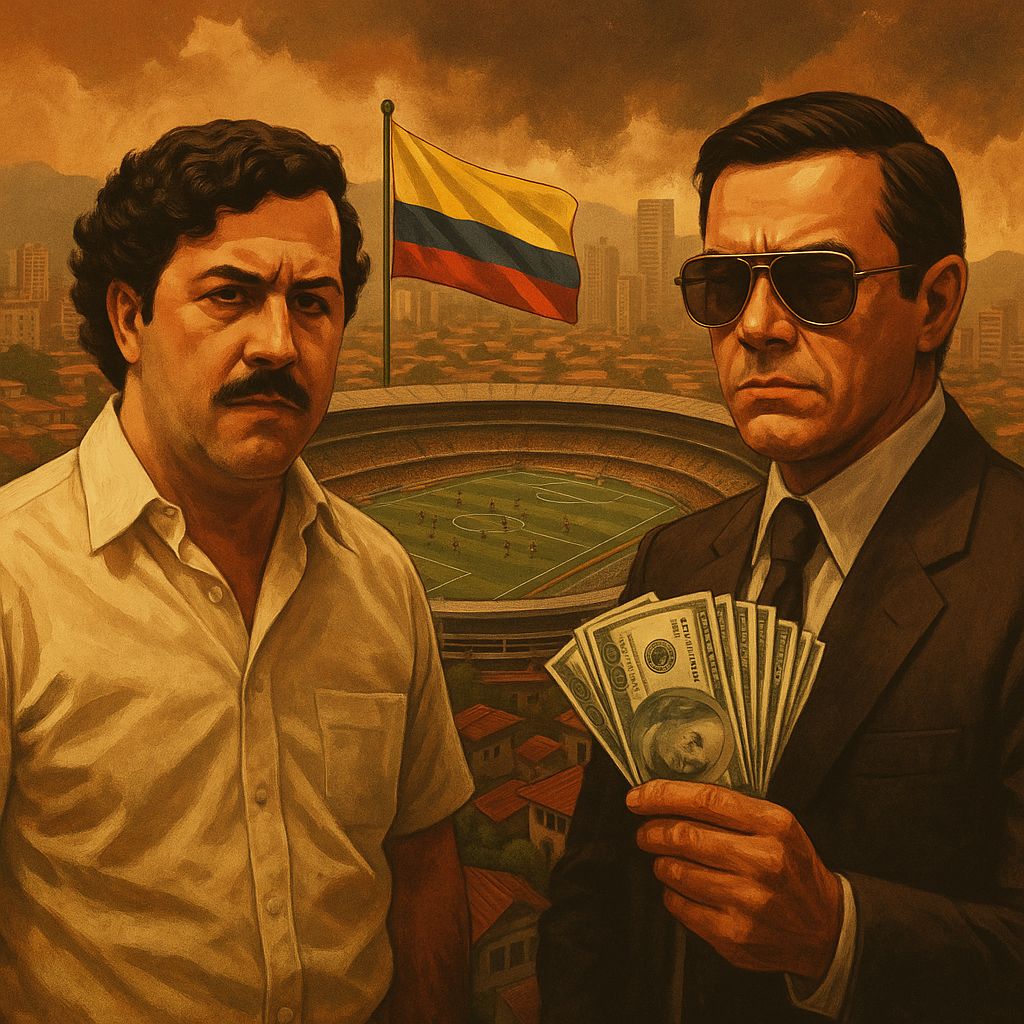
Summary & Quick Reads
The Story: In the 1980s and early 1990s, Colombian drug cartels laundered over £400 million through football clubs, turning sporting success into criminal enterprise. Pablo Escobar's cartel funded Atlético Nacional to continental glory, while the Cali Cartel backed América de Cali until U.S. sanctions destroyed them overnight. Decades later, these clubs are still rebuilding credibility.
Why It Matters Now: Today's sports investment boom mirrors Colombia's era of opaque ownership and questionable capital. The UK's response—the 2024-25 Independent Football Regulator and explicit recognition of football as a money laundering risk—shows how seriously authorities now take these threats. Modern governance isn't regulatory burden; it's competitive advantage.
Quick Read:
The Numbers: £400M+ cartel money, 2 major clubs compromised, decades of reputational recovery
The Method: Player transfer inflation, gate receipt washing, phantom sponsorships, infrastructure investment
UK Response: Independent Football Regulator (2024-25), football clubs named as money laundering risk
Modern Relevance: Premier League £2B+ ownership changes since 2020, governance as competitive edge
Business Impact: Clean capital advantage, compliance as differentiation, transparency driving partnerships
The Beautiful Game's Darkest Chapter
Picture this: It's 1989, and Atlético Nacional are celebrating their first ever Copa Libertadores victory. The streets of Medellín are electric. Players are heroes. The club is finally on the continental map.
There's just one problem. Their success was built on blood money.
Welcome to one of football's most uncomfortable truths: the era when Colombian clubs became the ultimate money laundering machines for drug cartels. And before you think "that could never happen today," let me tell you why this story matters more than ever in our current sports investment climate.
When Pablo Met Football
Pablo Escobar didn't just love football. He weaponised it. Though never officially owning Atlético Nacional, his cartel pumped millions into the Medellín club, transforming them into continental champions.
The maths was simple: drug money in, football glory out, reputation laundered.
Escobar's reach extended beyond the stands. Players like René Higuita (yes, the 'Scorpion Kick' goalkeeper) trained at Pablo's personal facilities. The cartel didn't just sponsor the club. They became the club.
Meanwhile, down south in Cali, the rival cartel backed América de Cali with similar devastating effectiveness. The two cartels essentially turned Colombian football into their personal proxy war, with trophies as the ultimate bragging rights.
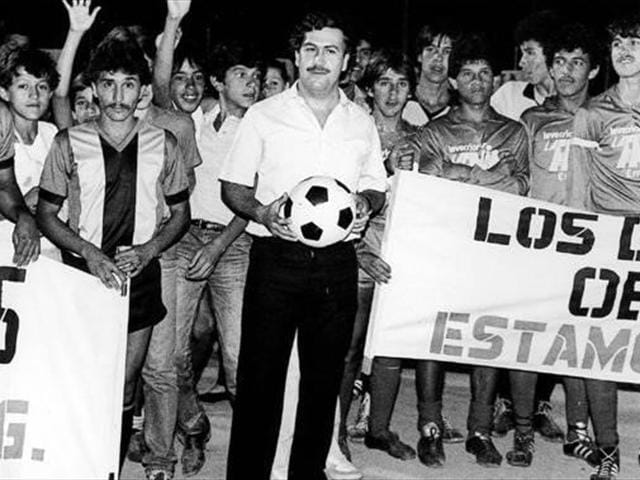
The Money Trail: Sports Washing 101
The cartels' financial crime playbook was sophisticated:
Player Transfers: Inflated fees and phantom deals moved dirty money across borders faster than Messi in his prime.
Gate Receipts: Cash heavy ticketing systems provided perfect cover for filtering drug profits.
Sponsorship Deals: Cartel owned businesses legitimised their earnings through seemingly innocent commercial partnerships.
Infrastructure Investment: Stadium improvements and training facilities gave tangible, visible proof of "legitimate" investment.
Conservative estimates suggest over £400 million of cartel money flowed through Colombian football during the 1980s and early 1990s. To put that in perspective, that's roughly what Manchester United spent on players between 2013-2016.
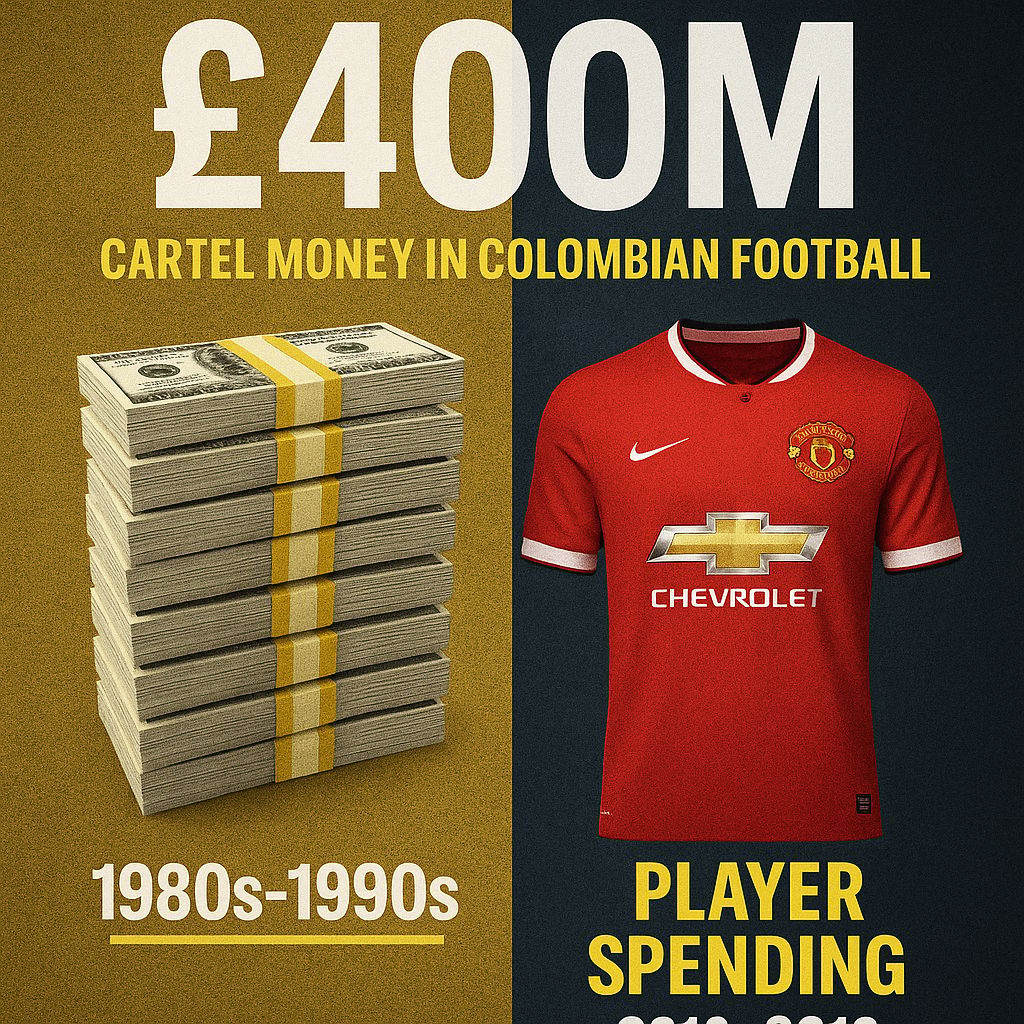
The Price of Success
The results were immediate and spectacular. Colombian clubs dominated domestically and made serious waves internationally. But success built on such foundations came with consequences that extended far beyond the pitch.
In 1994, the U.S. government placed América de Cali on the Clinton List, effectively making it illegal for foreign companies to do business with them. Overnight, the club went from powerhouse to pariah. Sponsorship deals evaporated. International partnerships crumbled. The warning was clear: associate with criminal money, and face economic exile.
The human cost was even starker. When defender Andrés Escobar scored an own goal in the 1994 World Cup, eliminating Colombia from the tournament, he was murdered ten days later. The line between sporting disappointment and lethal consequence had been completely erased.

Why This Matters Now (Seriously)
Surely modern football has moved past this?
Well, let's talk about it.
Today's sports investment landscape is experiencing its own moment of new money. Sovereign wealth funds, private equity, and cryptocurrency moguls are pouring billions into clubs worldwide. The Premier League alone has seen over £2 billion in ownership changes since 2020.
The Colombian cartel playbook offers an uncomfortable mirror to modern concerns:
Opaque ownership structures that obscure beneficial ownership
Sportswashing by states and entities seeking legitimacy through sporting success
Financial fair play circumvention through creative accounting and inflated sponsorship deals
Due diligence gaps in an increasingly rapid M&A environment
Lessons from Medellín
For Brand Executives:
Colombian football's cartel era created the template for modern sports due diligence. Before partnering with any club or league, forensic investigation of ownership structures isn't just good practice. It's brand protection. One sanctions episode could destroy years of brand equity overnight.
For Sports Investors:
Legacy risk is valuation risk. When acquiring distressed assets, factor in reputational damage from previous questionable funding. Atlético Nacional's 1989 Copa Libertadores remains both their greatest triumph and most complicated legacy. That's the kind of nuance that affects long-term commercial partnerships.
For Compliance Professionals:
The Colombian model shows how quickly sporting success can become criminal enterprise. Modern red flags include unexplained player acquisition sprees, heavy cash dependency, and ownership structures that resist transparency. Build your risk models using historical laundering patterns.
For Media Rights Professionals:
Remember that content and commercial value can evaporate overnight when regulatory authorities act. América de Cali's Clinton List designation didn't just affect sponsorship. It made them radioactive for international broadcast partnerships.
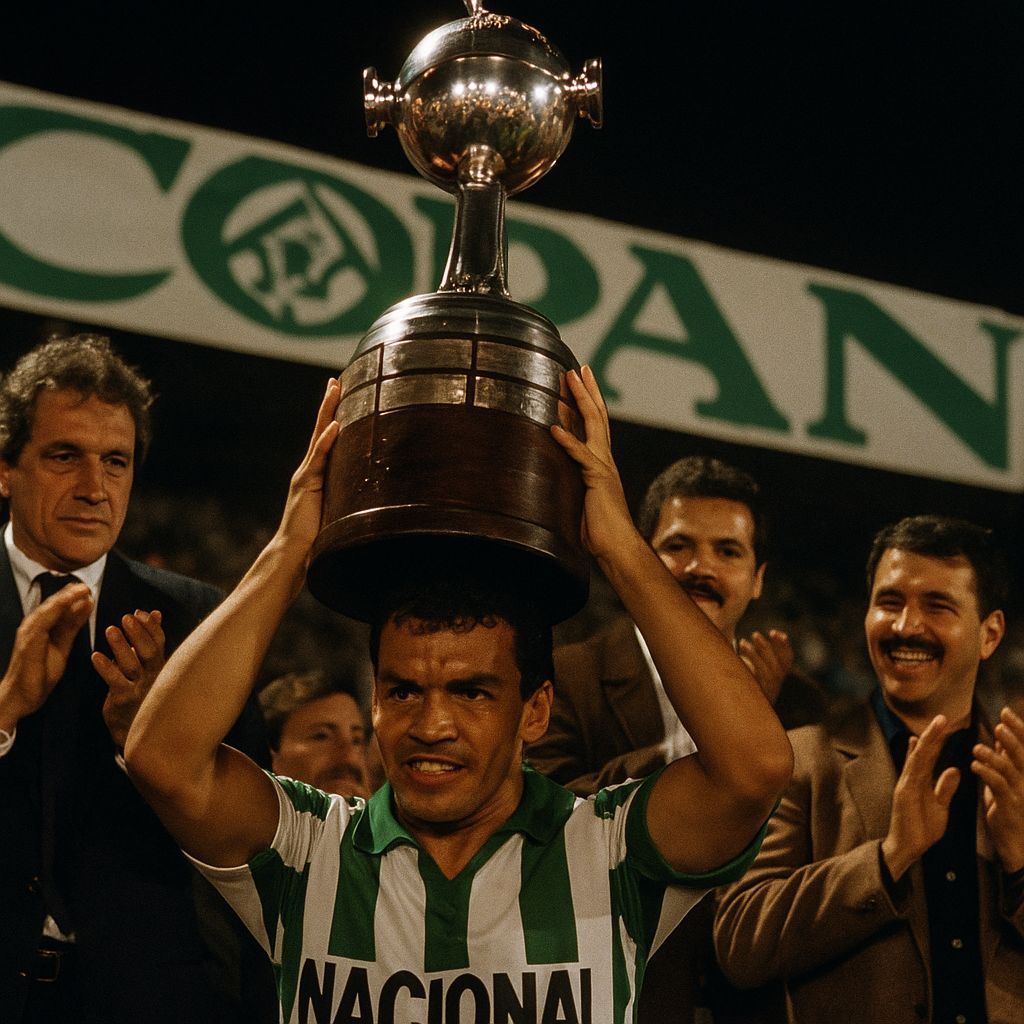
The Modern Parallel
In 2024, we're seeing similar patterns emerge in different markets. Emerging football leagues with weak governance structures, high cash flows, and limited regulatory oversight create perfect conditions for the kind of exploitation Colombia experienced.
The difference is scale. Where Pablo Escobar laundered hundreds of millions through one domestic league, today's questionable capital moves billions across multiple sports, continents, and asset classes.
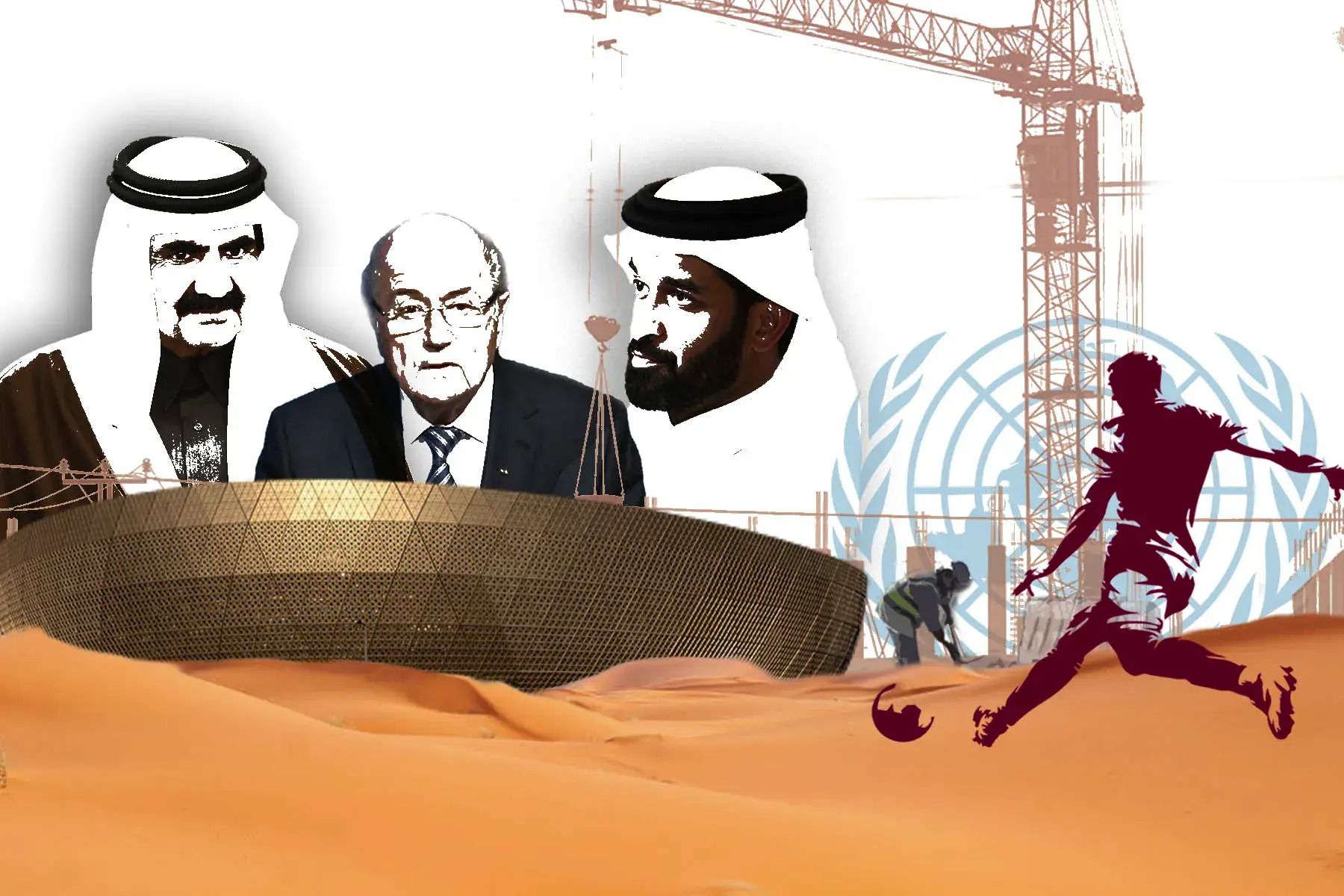
End of an Era
Colombian football's cartel era wasn't just a local scandal. It was a global preview. It demonstrated how sport's universal appeal, emotional investment, and cash intensive nature make it irresistible to those seeking to legitimise questionable wealth.
In our current era of record sports valuations, cryptocurrency volatility, and geopolitical tension, the lessons from 1980s Colombia feel uncomfortably contemporary.
The beautiful game will always attract beautiful money and ugly money alike. The question isn't whether the next sports washing scandal will happen. It's whether we'll recognise it before the final whistle.
Governance Matters: From Medellín to Manchester
Here's the uncomfortable truth: governance isn't sexy, but it's survival.
The Colombian narco era perfectly illustrates what happens when clubs operate in regulatory black holes. Once Pablo's money dried up (thanks to bullets and handcuffs), these clubs weren't just left without funding. They were left without credibility.
América de Cali spent years as international pariahs. Atlético Nacional's greatest triumph remains their most complicated legacy. Both clubs are still rebuilding trust with sponsors, investors, and even their own fans decades later.
The lesson? Governance isn't a cost centre. It's insurance against catastrophic reputation risk.
The UK's Regulatory Awakening
Fast-forward to 2024, and the UK has essentially said: "Not on our watch."
Following the spectacular collapses of Bury FC and Derby County's near-death experience, Parliament established the Independent Football Regulator (IFR) in 2024-25. This isn't just bureaucratic box-ticking. It's a fundamental shift in how football finance operates.
The IFR's mandate reads like a direct response to the Colombian playbook:
Ultimate beneficial ownership disclosure: No more shell company hide-and-seek
Clean funding source verification: Your money better have a paper trail that doesn't lead to a cartel
Financial sustainability tests: Preventing the kind of reckless spending that invites "rescue" from questionable capital
Fan engagement safeguards: Recognising communities as stakeholders, not just revenue streams
But here's what really caught my attention: the UK's 2025 National Risk Assessment explicitly names football clubs and agents as emerging financial crime risks. We're talking about official government recognition that football's high-value transfers, opaque ownership structures, and international complexity make it a natural target for money laundering.
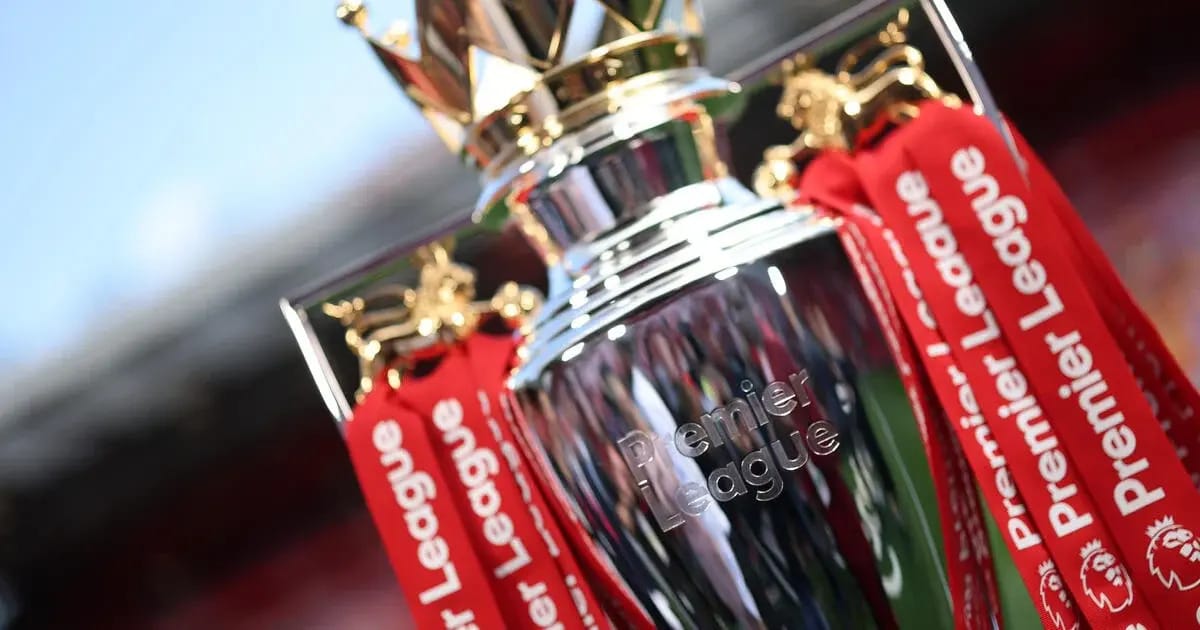
The Governance Dividend
For our Field Vision audience, this regulatory evolution creates both challenges and opportunities:
For Brands: Governance scores are becoming the new ESG. Aligning with clubs that pass independent audits isn't just ethical. It's risk management.
For Investors: Post-IFR compliance standards offer a competitive intelligence advantage. Clubs with robust governance frameworks signal long-term stability and partnership reliability.
For Clubs: Investment in compliance infrastructure and transparency isn't regulatory burden. It's differentiation in an increasingly crowded marketplace.
For Agents: The days of opaque deal structures are numbered. KYC, source-of-wealth documentation, and transaction audits are becoming standard practice.
For Media Professionals: There's never been more appetite for investigative reporting on ownership structures and financial flows. The regulatory framework provides legitimate news hooks for deeper analysis.
The Competitive Edge of Clean Capital
Here's my take: the Independent Football Regulator isn't killing football's commercial appeal. It's professionalising it.
Clubs that embrace transparency will attract better partners, more sustainable investment, and stronger commercial relationships. Those that resist will find themselves competing for increasingly questionable capital sources.
The Colombian cartels didn't just launder money through football. They eventually destroyed the clubs they claimed to love. Modern governance frameworks exist to prevent that cycle from repeating.
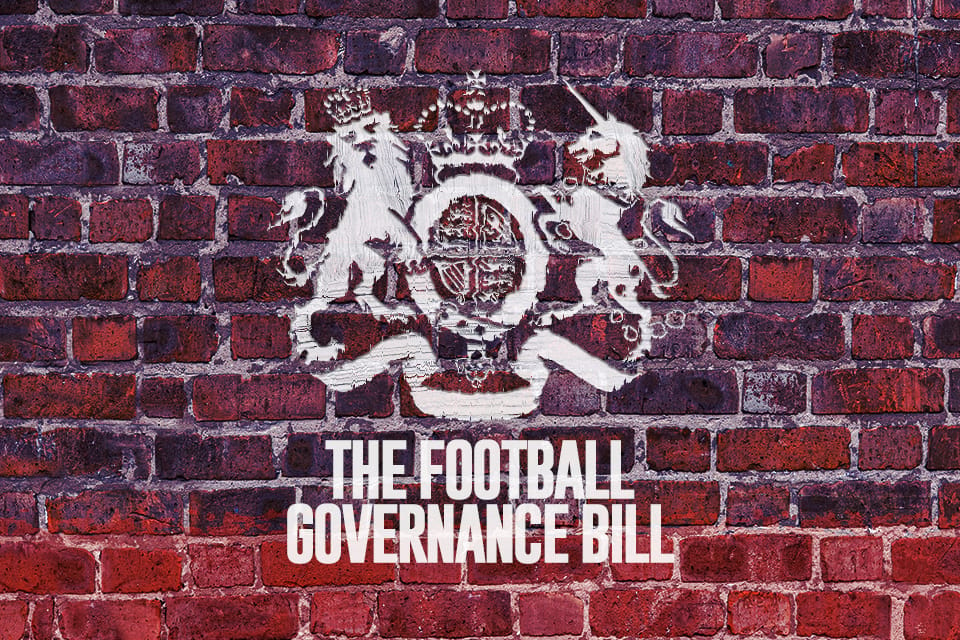
The End Game
From Medellín's cocaine-funded stadiums to the UK’s regulatory revolution, the lesson remains constant: football without oversight becomes football without a future.
The Independent Football Regulator may be new, but its existence signals the end of the "see no evil" era in football finance. For sports business professionals, treating governance as a competitive edge rather than regulatory burden isn't just smart. It's essential.
Got thoughts on sports integrity and modern investment? Hit reply—I read every response.
Reply